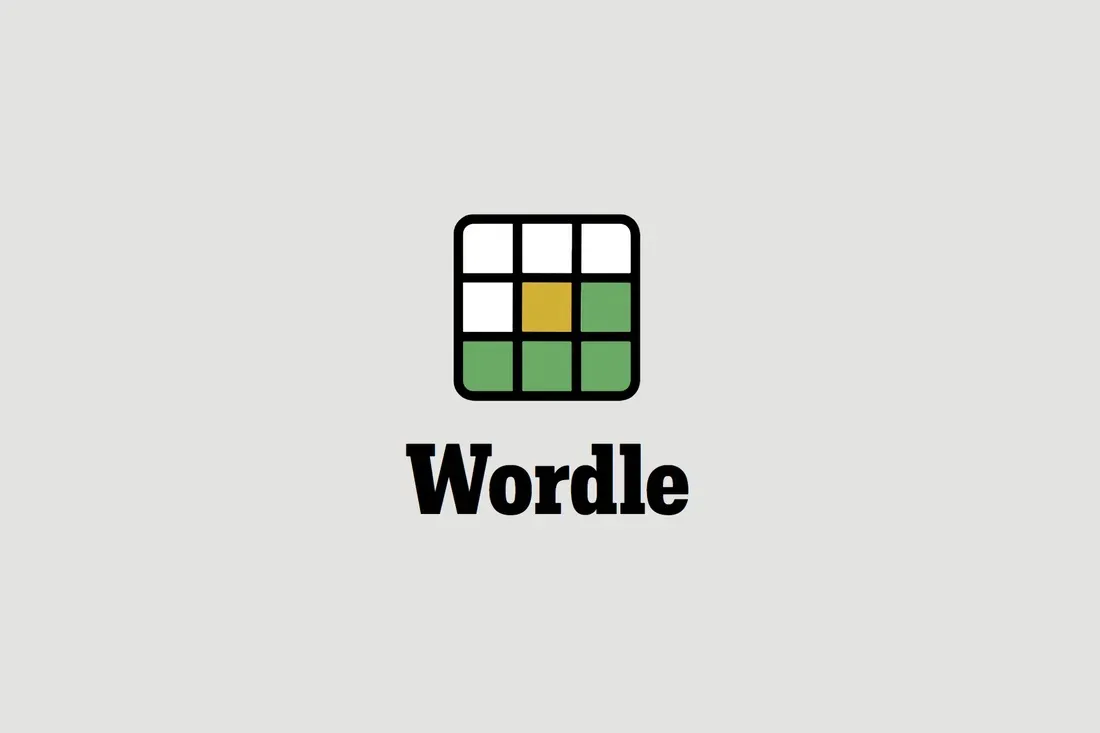Today’s New York Times Wordle for November 28, 2025 is puzzle #1623, and the answer is COLIC.
Key facts for today’s Wordle (#1623)
| Detail | Information |
|---|---|
| Date | Friday, November 28, 2025 |
| Game number | #1623 |
| Answer | COLIC |
| Pattern | C‑O‑L‑I‑C |
| Word length | 5 letters |
| Vowels | O, I (2 vowels) |
| Repeated letter | C appears twice (at the start and end) |
| Part of speech | Noun |
| Approximate difficulty | Moderate (average around 4 guesses) |
Hint recap without the spoiler
If you still want a bit of practice before looking at the grid, these were the main clue ideas used around today’s puzzle:
| Hint | What it tells you |
|---|---|
| “My stomach hurts!” / “That baby keeps crying for some reason.” / “A newborn condition.” | Points to abdominal pain and excessive crying in infants. |
| Starts with C | The first letter is C. |
| Ends with C | The fifth letter is also C. |
| Two vowels | The word contains O and I. |
| One duplicate letter | There are four unique letters; C appears twice. |
| Synonyms like “stomachache” and “gripe” | Confirms it’s a type of pain, especially in the gut. |
Put together, those clues describe a five-letter word for abdominal pain, especially in infants, with the layout C _ _ _ C and two inner vowels. That narrows things quickly to COLIC.
What COLIC means
Colic is a medical term with two closely related uses:
- General sense: Acute pain in the abdomen, often cramping and wave-like. It can be linked to issues such as gallstones, kidney stones, or intestinal blockage.
- Infant colic: A condition in babies marked by long periods of intense, often inconsolable crying without a clear cause. The infant is otherwise healthy but appears uncomfortable or in pain, especially in the evenings.
Etymologically, colic goes back through Middle French and Latin to a Greek word meaning “pertaining to the colon,” reflecting its association with intestinal pain.
Why COLIC is a tricky Wordle answer
Even though the letters in COLIC are fairly common, a few features make it harder than it looks:
- Double C: Repeated consonants, especially at both ends of the word, are easy to miss if you assume every letter is unique.
- Less common everyday usage: Many people only encounter “colic” in medical or parenting contexts, so it may not spring to mind as quickly as more common five-letter nouns.
- Tight solution set: Once you see
C _ L I CorC O L I _, there are not many realistic alternatives, but you have to recognize the word to lock it in.
Players who tested high-information opener words but ignored the possibility of a repeated C often needed an extra guess to land on the solution.
Example solving paths for today’s puzzle
Several different opening strategies led cleanly to COLIC. A few representative paths:
- A vowel-heavy start such as
OCULIcan turn four letters yellow (O, C, U, L, I), immediately signaling that C, O, L, and I belong but need rearranging. - A balanced opener like
SANERfollowed by a word containing C, O, and L such asCLOUTcan quickly reveal C, O, and L and leave only a small set of options, including COLIC and COYLY. - Some players leaned on logic words such as
LOGICas a mid-game guess; this can confirm O, L, I, and C and make the repeated-C pattern obvious once letter positions are known to be wrong.
Once the pattern C‑O‑L‑I‑C appears, the only remaining step is recognizing and committing to the word.
If you have not played yet, you can load today’s puzzle on the official Wordle page at nytimes.com/games/wordle. If you already solved it, COLIC is another reminder that double consonants and medical vocabulary show up often enough that it pays to keep them in mind.

